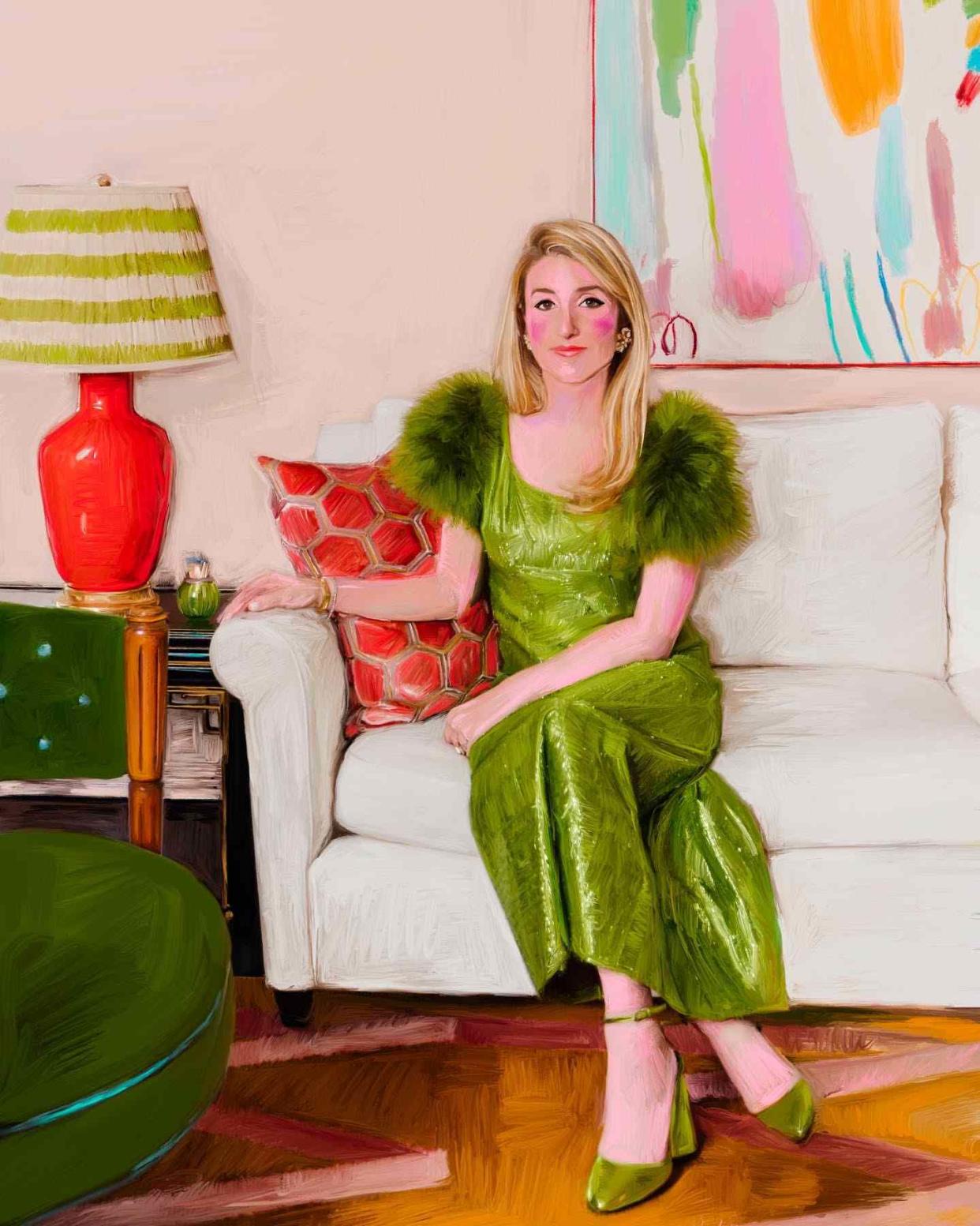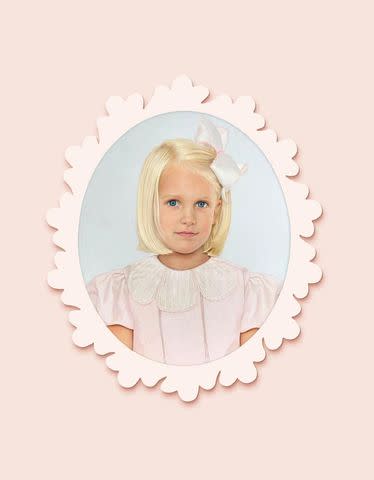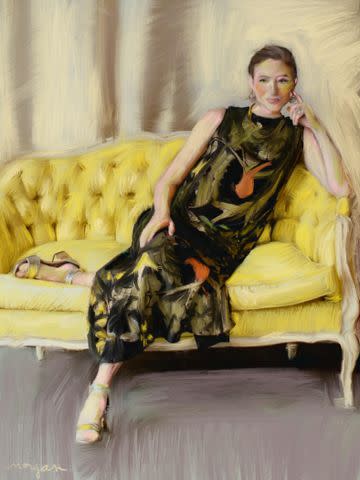Portraits Are Making A Comeback, But They've Always Been Popular In The South
It's just one more way we connect with the generations who came before us.

Courtesy of Morgan Jones Johnston
Portrait by Morgan Jones JohnstonThere’s a portrait of my dad in my grandmother’s living room. From his rounded mop of a haircut to the unfortunate leisure suit, the whole thing screams 1976. Though the piece dates itself, my grandmother’s choice to preserve a moment in time through portraiture is as timeless a decision as ever. While in many places, somber oil paintings of family patriarchs and elegant renderings of women in their cocktail finery may have gone the way of telephone tables, painted portraits—at least those of children—have always been popular in the South. And now, we’re seeing a comeback in portraiture for sitters of all ages. Here’s why Southerners will always have a soft spot for portraits.
For some, it’s about forging a connection with the past and those who have come before us. “Art has the captivating quality of inviting the viewer into an ephemeral experience,” says Natalie Erwin, an artist with roots in Dallas and New Orleans who’s best known for the children’s portraits she beautifully renders on oval-shaped panels. “Standing before a portrait of a great-great-grandmother as a child instills a sense of kinship [between the matriarch] and the generations that follow her. These deeply personal pieces are often handed down and given prominent placement in each home that inherits them.”

Courtesy of Natalie Erwin Art
Portrait by Natalie ErwinIt’s also about sharing something with the generations to come. “As humans and as Southerners, we have this strange relationship to legacy,” says Birmingham artist Morgan Jones Johnston. “We want to leave something behind that has meaning, through our families, our work, the way we live our lives, and have impact in small and maybe big ways.”
While Erwin takes a more classic approach to portraiture—using natural materials such as wax colors, gouache paint, and stains—Johnston is reimagining the experience by incorporating modern technology into her artistic process. “I make each mark by hand inside new technologies and then work with a traditional fine art printer to create these gorgeous portraits that are painted digitally and printed using old techniques on museum etching paper that Louis XVI used in the 18th century,” explains Johnston of what she calls her “new media portraits.”
For many Southerners, commissioning portraits of their children is a no-brainer. “[It’s about] capturing a moment in time, one that is so fleeting, into a work of art,” says Erwin. “My clients hold dear a piece that will harken back to the simple, tender days of childhood every time their eye is drawn to it.”

Courtesy of Morgan Jones Johnston
Portrait by Morgan Jones JohnstonSitting for a portrait themselves, however, may feel a bit counterintuitive, or even uncomfortable, given the emphasis our culture places on humility, notes Johnston. But when they do choose to commission such a piece, Johnston feels the decision is one worth celebrating: “It’s kind of that sentiment, “Well, we might as well use the good dishes, wear the fancy jewels, and have ourselves a ball.’”
And it’s ultimately a gift to the next generation. “Portraiture is a form of memory making, timekeeping and storytelling,” says Johnston. “These things are at the heart of the human experience. And they happen to be things that Southerners excel at historically and value deeply.”
For more Southern Living news, make sure to sign up for our newsletter!
Read the original article on Southern Living.
